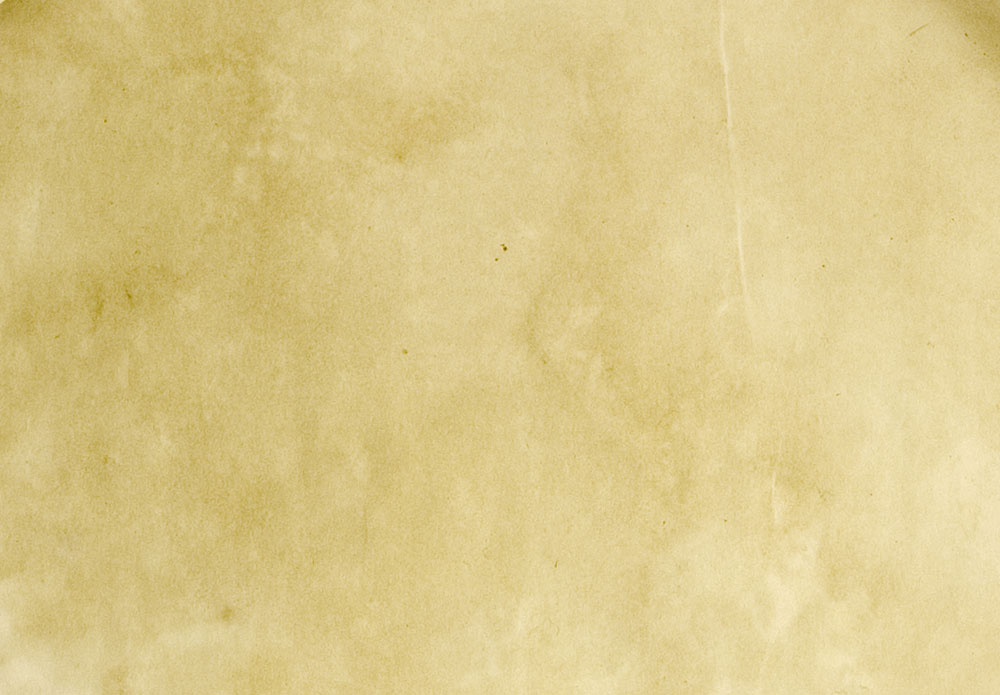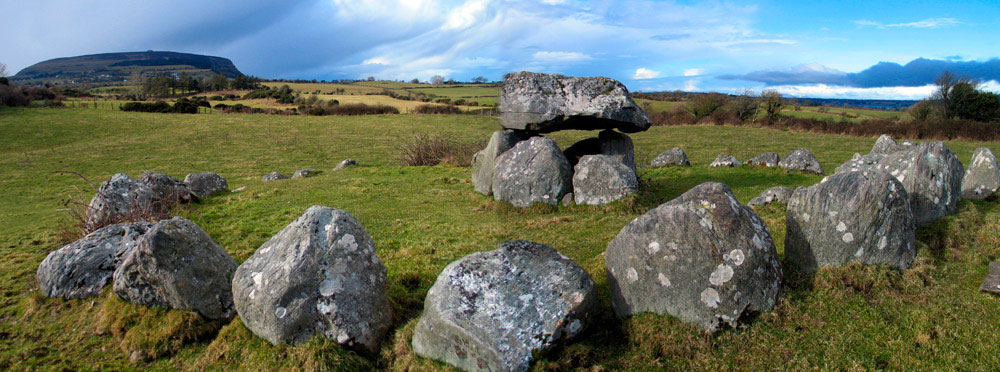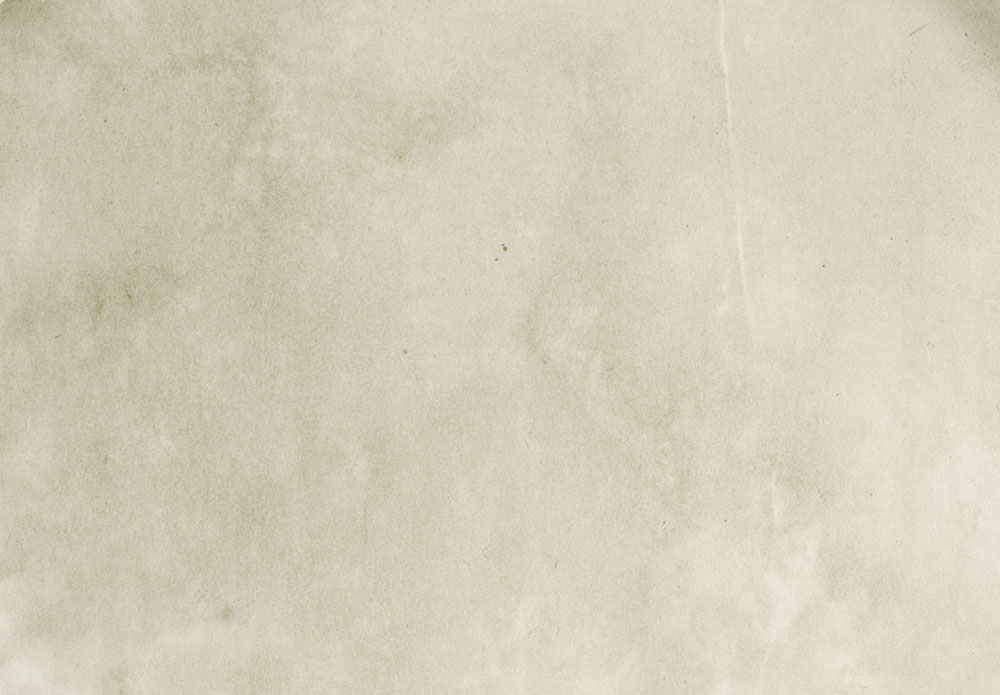
The Carrowmore tombs make up one of the four major passage tomb cemeteries in Ireland.
Legend has it these cromleacs or stone-circles date from the battle of Moytirra where the Firbolgs were defeated by the Tuatha De Danann. The ‘tombs’ are as old if not older than the Egyptian Pyramids. The central monument of Listoghill has been dated to 3600 B.C.!


According to Petrie in the 1800s, “This remarkable series of monuments, excepting the monuments of Carnac in Brittany, even in its present state of ruin is the largest assemblage of the kind hitherto discovered in the world”. Of the over two hundred stone mounds only half survived into 1900: tombs were rifled by amateur archaeologists, levelled by farmers, or demolished to open gravel pits and build walls. Now their number has dwindled to less than fifty.
A former Bishop of Elphin, the most reverend Dr. Clancy, said in his Sligo lecture on Ancient Irish Art: “The two most important monuments [of this nature in Ireland] are the Tuatha De Danann mound at Newgrange, upon the Boyne, and the Firbolg circles at Carrowmore.” The indication here is that in Carrowmore/Knocknarea much of Ireland’s ancient history is cradled.
Megaliths are a representation of Ireland’s prehistoric past and are lost symbols of another world. Megaliths were monuments that were centres of ceremony and celebration as well as markers on the landscape. The area around Sligo bay is rich in prehistoric remains. Knocknarea was a major place for rituals and was used as a meeting ground by people in the Neolithic era. The hill together with the Carrowmore tombs formed the centre of a prehistoric ritual landscape on the Coolera peninsula. The tombs remained focal points of the landscape long after they fell out of use.
source: Seamus McGoldrick
